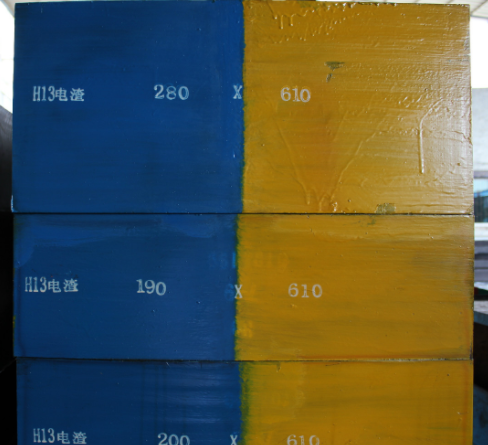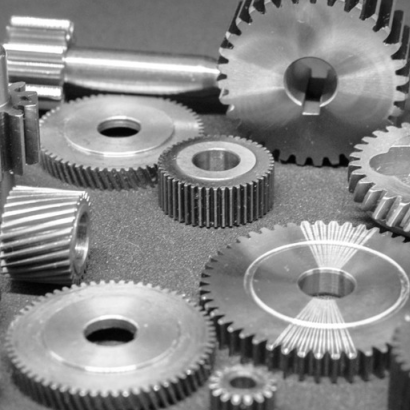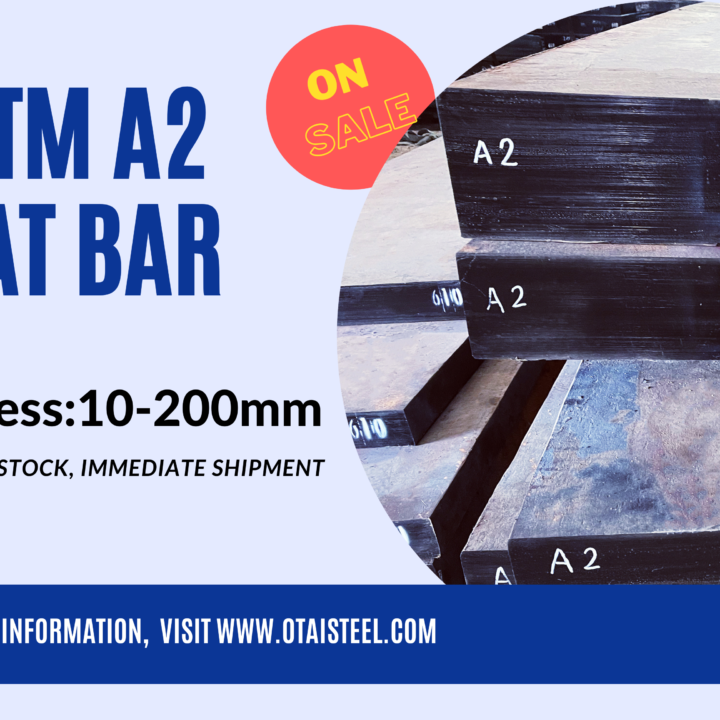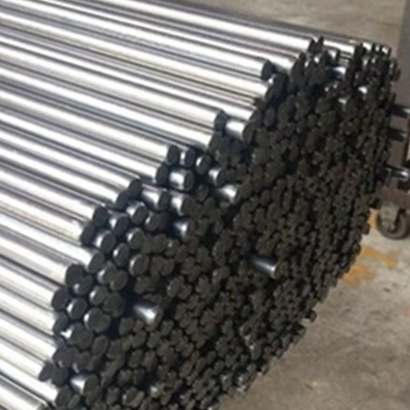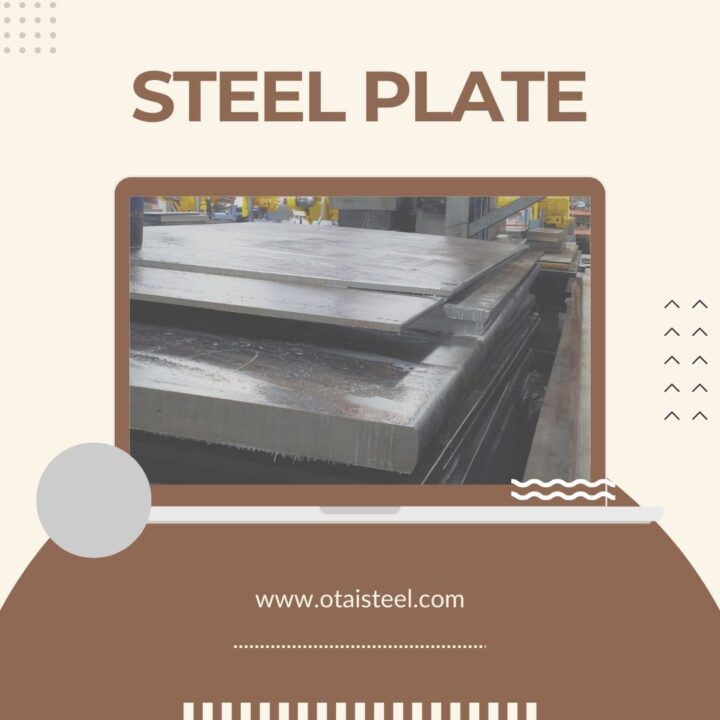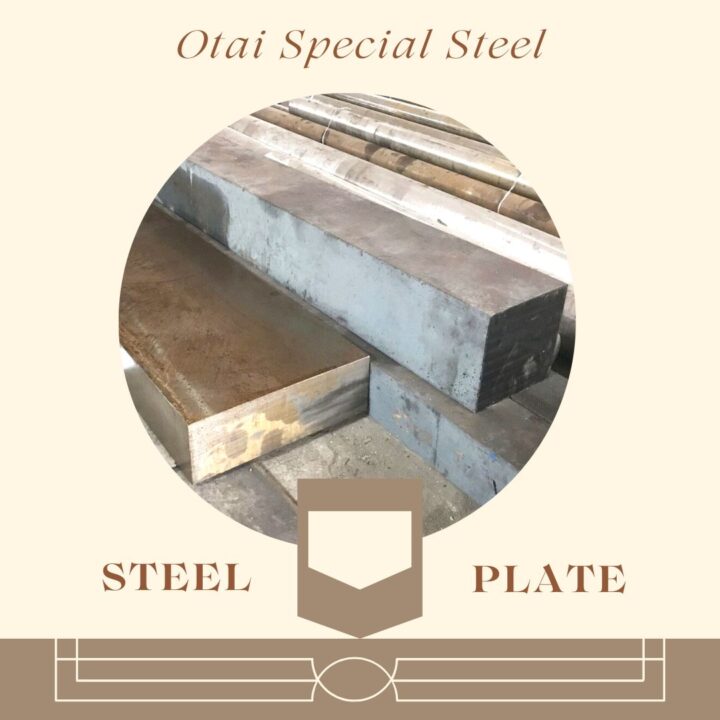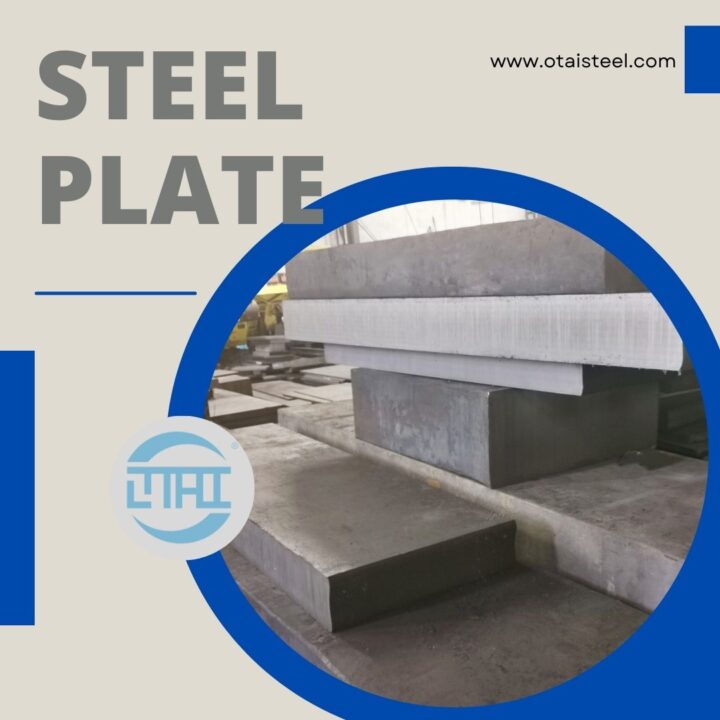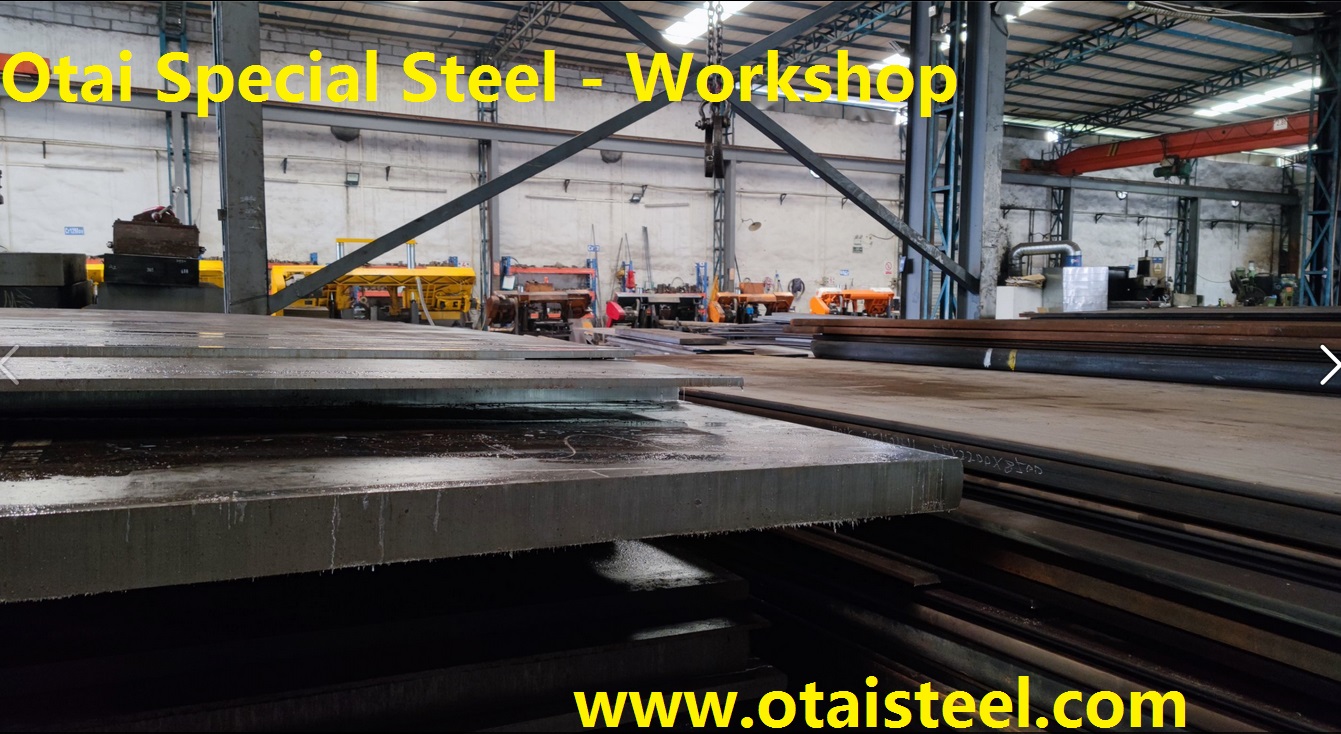The hardness of A2 steel plate refers to its resistance to indentation or scratching. It is a crucial property that dictates the plate’s performance in applications such as cutting, stamping, and forming.
Composition and Properties of A2 Steel
A2 steel typically consists of:
- Carbon (C): 0.95% – 1.05%
- Chromium (Cr): 4.75% – 5.50%
- Molybdenum (Mo): 0.90% – 1.40%
- Vanadium (V): 0.15% – 0.50%
These elements contribute to the plate’s exceptional hardness, toughness, and wear resistance.
Methods of Measuring Hardness
- Rockwell Hardness Test: Measures the depth of indentation using different scales, such as HRC and HRB.
- Brinell Hardness Test: Involves applying a known load to create an indentation and measuring the diameter of the impression.
- Vickers Hardness Test: Utilizes a diamond indenter to measure the size of the indentation.
Factors Influencing A2 Steel Plate Hardness
- Composition: The alloying elements in A2 steel play a significant role in determining its hardness.
- Heat Treatment: Proper heat treatment processes enhance the plate’s hardness.
- Quenching Medium: The choice of quenching medium affects the rate of cooling and, consequently, the hardness.
Applications of High Hardness
- Tool and Die Making: The plate’s hardness is vital for manufacturing precision tools and dies.
- Cutting Tools: Blades, drills, and cutters require high hardness for effective cutting.
- Stamping and Forming: The plate’s hardness ensures it can withstand the pressures of stamping and forming processes.
Advantages of A2 Steel Plate Hardness
- Wear Resistance: The high hardness translates to excellent wear resistance, prolonging the plate’s lifespan.
- Edge Retention: Cutting tools benefit from the plate’s ability to maintain a sharp edge.
- Dimensional Stability: The hardness contributes to the plate’s dimensional stability under varying conditions.
Considerations and Challenges
- Brittleness: Extremely high hardness can lead to brittleness, affecting the plate’s toughness.
- Machinability: The hardness can pose challenges during machining processes.
Maintaining Hardness in A2 Steel Plate
To maintain the desired hardness in A2 steel plate, precise control of heat treatment processes and quenching techniques is essential.
Future Innovations in Steel Hardening
Advancements in heat treatment technology continue to improve the precision and control of steel plate hardness.
The hardness of A2 steel plate is a defining characteristic that shapes its performance in various industrial applications. Its ability to withstand wear, maintain edges, and provide dimensional stability makes it a valuable asset in industries that demand precision and durability.
